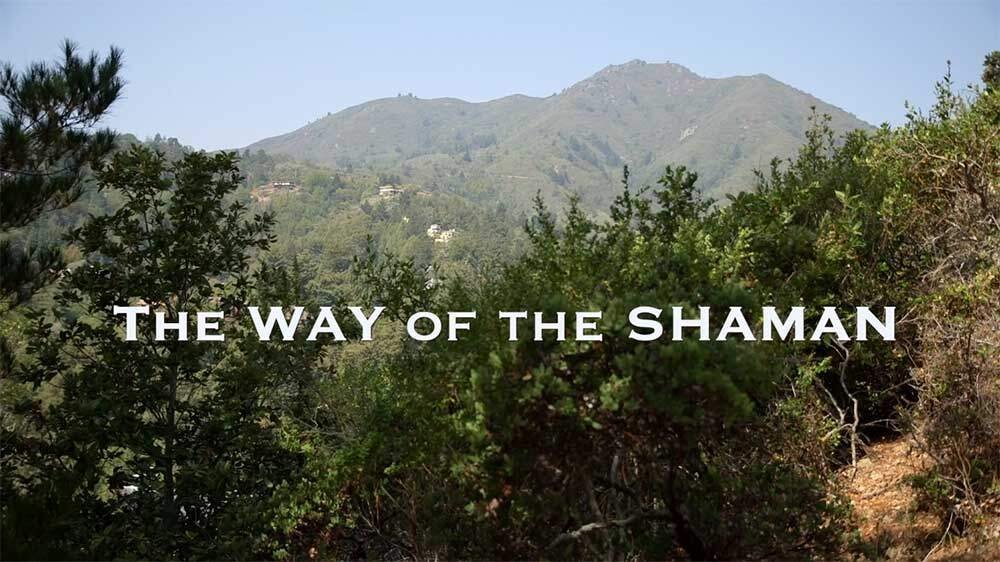The story of Michael and Sandra Harner in the history and development of core shamanism, the universal, near universal, and common practices of shamanism worldwide. This documentary movie takes us through Michael’s early expeditions as a young anthropologist in the jungles of the Ecuadorian and Peruvian Amazon and his life-altering insights into shamanic power. The Harner’s established the Foundation for Shamanic Studies to preserve, study, and teach shamanism for the benefit of all, leading to a worldwide renaissance of shamanism and shamanic healing through the Foundation’s premiere international training programs. The film is an informative and inspiring look at the people behind the evolution of this groundbreaking spiritual healing methodology that honours and builds upon the ancient knowledge of the world’s shamans. Through these methods, thousands of students have discovered hidden spiritual resources, transformed their lives, and learned how to help others and our precious Earth.
Interviews (in order of appearance): Michael Harner, Jack Kornfield, Amanda Foulger, William S. Lyon, Sandra Harner, Roger Walsh, Jeffrey D. Ehrenreich, Stanislav Grof, Susan Mokelke, and Larry Peters Producer: Wisdom Streaming Director: Coleen LeDrew Elgin Running time: 1:07:42
Released: July 2017
